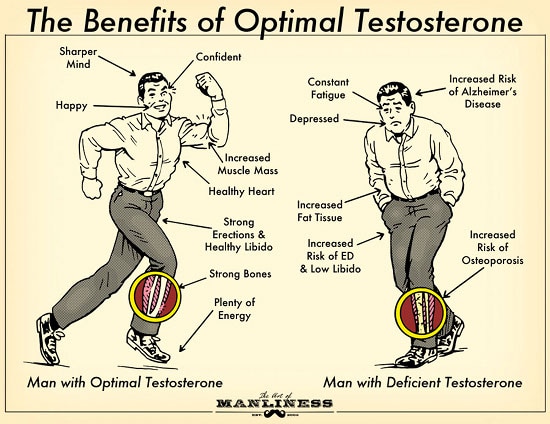First the excellent point.
Karkazis and Jordan-Young observe the fundamental circularity involved in quantifying testosterone levels in male and female athletes. A necessary methodological step is to identify who is male and who is female before doing the comparison. But if testosterone is used as a distinguishing characteristic, then any "scientific" test will simply serve as a mirror to the classification scheme, hence the circularity.
No scientific test can tell us who is male and who is female. Thus, it is confusing for Karkazis and Jordan-Young to engage in a debate over the science of testosterone levels as a marker of sexual categorization. They seem to first accept testosterone as a marker of sexual categorization by challenging the science of testosterone.
I think it is far better to simply point out that the science, while interesting, is just irrelevant. Here is what I write about that in my paper on "sex testing";
While there is an ongoing debate over the effects of testosterone on athletic performance, here I depart from some of the critics of the IAAF policy. I argue that testosterone simply does not matter -- not scientifically -- but practically. Let us suppose for the sake of argument that some women have testosterone levels which fall into a range that is far more populated by men. Let us further suppose that this amount of testosterone can be associated with some greater athletic achievement, say speed or strength. The appropriate response is “so what?”
Imagine the previous paragraph rewritten with “height” substituted for “testosterone.” There are notable examples of female athletes with exceptional height, generally attained only by men, who achieved notable sporting successes. Further, challenging the exact role of testosterone in athletic performance gives standing to the IAAF/IOC policies that they do not deserve. The role of naturally occurring testosterone in a woman is no more significant than hereditary polycythemia. The role of naturally-occurring testosterone in athletic performance is scientifically interesting, but it is inherently no more relevant to athletics policy than any other naturally occurring characteristic of the human athlete, man or woman.
Now the confusing part. Karkazis and Jordan-Young write:
... it is widely recognized in medicine, law, and the social sciences that when people are born with mixed markers of sex (e.g., chromosomes, genitals, gonads), the medical standard is that gender identity is the definitive marker of sex—there is no better criterion.I know (from experience) that the writing of a Policy Forum for Science requires brevity in words and nuance can be lost. But in this case I think that Karkazis and Jordan-Young have sacrificed accuracy for brevity.
Sex and gender are indeed different concepts, and they are not interchangeable. They probably mean to say that "gender identity is the best tool available for distinguishing elite athletes into categories for purposes of competition." But they didn't and this may be confusing to readers not immersed in this issue.
Karkazis and Jordan-Young hint at this more accurate framing in their conclusion when they suggest, quite correctly, that gender is a social construction and so too are the categories that we separate men and women into for purposes of competition. However, once you accept that fact -- and social construction is a fact (for all you post-modernists;-) -- then all of the debate over the science of testosterone as a marker of male-ness and female-ness become pretty much irrelevant.
However, the urge to debate policies through science is a strong one.

No comments:
Post a Comment